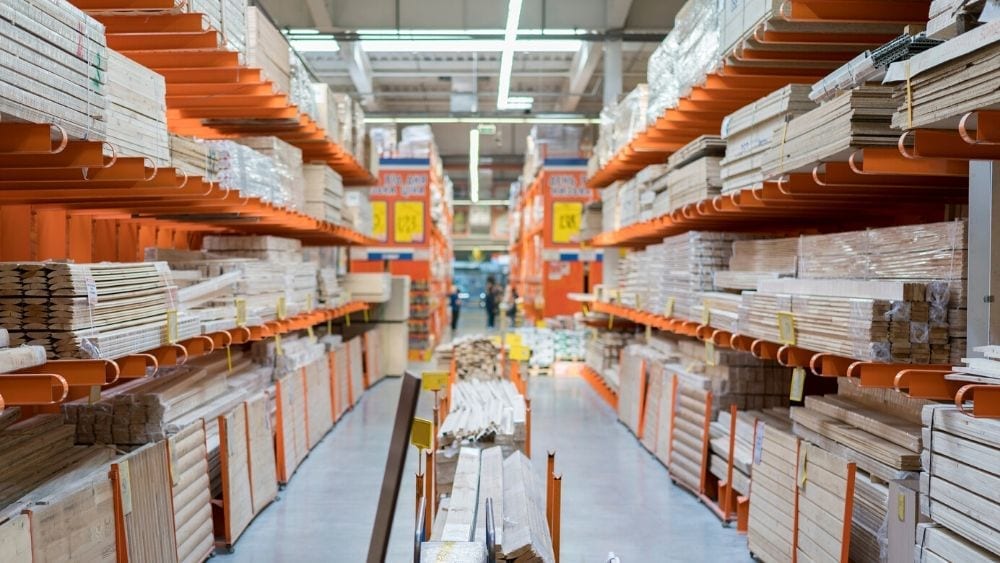Modern architecture has revolutionized the way we perceive and interact with the built environment. With its unique blend of innovation, functionality, and aesthetic appeal, modern architecture has become a symbol of progress and a testament to human creativity. In this blog post, we will delve into the reasons why modern architecture stands out among other architectural styles, exploring its key characteristics and the impact it has on our lives.
- Embracing Technology and Materials:
One of the defining features of modern architecture is its embrace of technological advancements and new materials. Unlike traditional architectural styles, which relied heavily on natural materials such as wood and stone, modern architecture incorporates materials like steel, glass, and concrete. These materials not only offer greater structural integrity but also allow for innovative designs and the creation of open, light-filled spaces. - Functionality and Efficiency:
Modern architecture places a strong emphasis on functionality and efficiency. Buildings are designed with a purpose in mind, whether it's a residential space, office building, or public structure. The layout and organization of spaces are carefully planned to optimize functionality and enhance the user experience. Modern architects strive to create spaces that are not only visually appealing but also practical and adaptable to the changing needs of the occupants. - Minimalism and Simplicity:
Another characteristic of modern architecture is its minimalist and simplistic approach. Clean lines, geometric shapes, and a lack of ornamentation are common features in modern buildings. This simplicity not only creates a sense of harmony and balance but also allows the architecture to blend seamlessly with its surroundings. Modern buildings often prioritize the integration of natural elements, such as large windows that bring in ample natural light and provide a connection to the outdoors. - Sustainable Design:
In recent years, sustainability has become a crucial aspect of modern architecture. With growing concerns about climate change and environmental degradation, architects are increasingly incorporating sustainable design principles into their projects. This includes the use of renewable energy sources, efficient insulation, and the integration of green spaces. Modern architecture strives to create buildings that minimize their ecological footprint and contribute to a more sustainable future. - Integration of Art and Technology:
Modern architecture seamlessly integrates art and technology, blurring the boundaries between the two disciplines. Architects often collaborate with artists and designers to create visually stunning and thought-provoking structures. The use of advanced technologies, such as parametric design and 3D printing, allows for the realization of complex and intricate architectural forms that were once unimaginable.
Conclusion:
Modern architecture stands out for its unique blend of innovation, functionality, and aesthetic appeal. It embraces technology, prioritizes functionality and efficiency, and incorporates sustainable design principles. With its minimalist and simplistic approach, modern architecture creates harmonious spaces that seamlessly integrate with their surroundings. By integrating art and technology, modern architects push the boundaries of what is possible, creating structures that inspire and captivate. As we continue to evolve, modern architecture will undoubtedly play a pivotal role in shaping our built environment and reflecting our aspirations for a better future.

